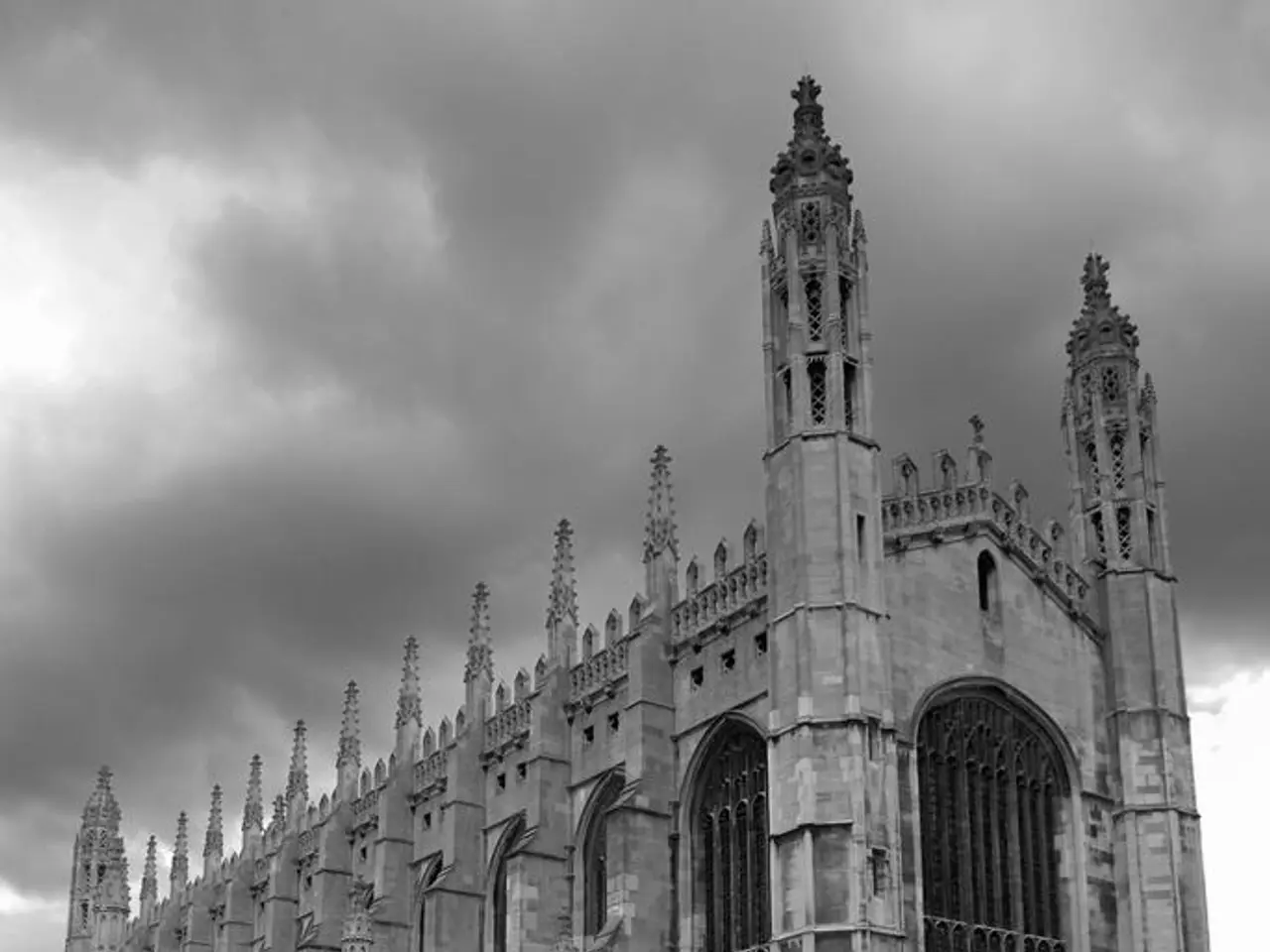Driving while drowsy could pose a risk, especially as daylight savings come to an end this weekend, especially for teen drivers and others.
The National Road Safety Foundation (NRSF), a non-profit organisation established over six decades ago, is taking a proactive stance against the growing issue of drowsy driving in the United States.
According to Michelle Anderson, a spokesperson for the NRSF, drowsy driving is a significant concern that affects over 60% of drivers in the country. This issue is particularly prevalent among teenagers, who require around eight to nine hours of sleep each night.
To combat this problem, the NRSF primarily focuses on providing grants and funding to states for prevention programs and public awareness campaigns. From 2017 to 2019, they provided a total of $225,000 in grants to 12 states, supporting initiatives aimed at combating drowsy driving.
The foundation's approach centres on funding education, awareness, and enforcement training to prevent drowsy driving crashes across the U.S. They partner with organisations like the Governors Highway Safety Association (GHSA) to develop state safety programs.
Preventative measures promoted include public awareness campaigns, targeted education for at-risk groups such as young drivers, and training for law enforcement officials to recognise drowsy driving symptoms.
While the NRSF does not provide explicit behavioural recommendations, their work indirectly supports common preventative strategies, such as ensuring adequate sleep before driving, avoiding driving during peak drowsiness periods, using short-term alertness aids like a 20-minute nap or caffeine, and promoting healthy sleep habits among professional drivers.
In addition to their grant-making and partnership efforts, the NRSF offers free programs on drowsy driving, including videos, quizzes, and sleep logs. They also advise drivers to pull over when feeling drowsy, as coffee can help combat drowsiness but takes about 30 minutes to take effect. A quick 20-minute nap can also help counteract drowsiness.
It's crucial for passengers to speak up if they notice the driver seems too tired to drive safely. Drowsy driving is more common at night, increasing the risk of accidents. In fact, nearly 37% of drivers in the U.S. have fallen asleep behind the wheel.
This weekend, Daylight Savings Time ends, which could increase the risk of drowsy driving as drivers adjust to the change in their sleep schedules. When driving at highway speeds, even a few seconds of dozing off can cause a serious accident.
Experts advise looking out for warning signs of drowsiness while driving, such as trouble focusing, frequent blinking, daydreaming, head snapping, yawning, or drifting out of your lane, and hitting the rumble strips on the side of the road. Listening to loud music or opening windows doesn't significantly help in staying awake.
In conclusion, the National Road Safety Foundation is playing a vital role in addressing the issue of drowsy driving in the U.S. by providing funding, education, and awareness to states and organisations. Their efforts are helping to make the roads safer for everyone.
- The National Road Safety Foundation's (NRSF) focus on funding education and awareness about drowsy driving also extends to the realm of health-and-wellness, emphasizing the importance of adequate sleep for general well-being and road safety.
- Despite their primary focus on road safety, the NRSF's initiatives against drowsy driving also intersect with general news, as they aim to reduce the alarming number of accidents caused by driver fatigue, a prominent concern in America.




